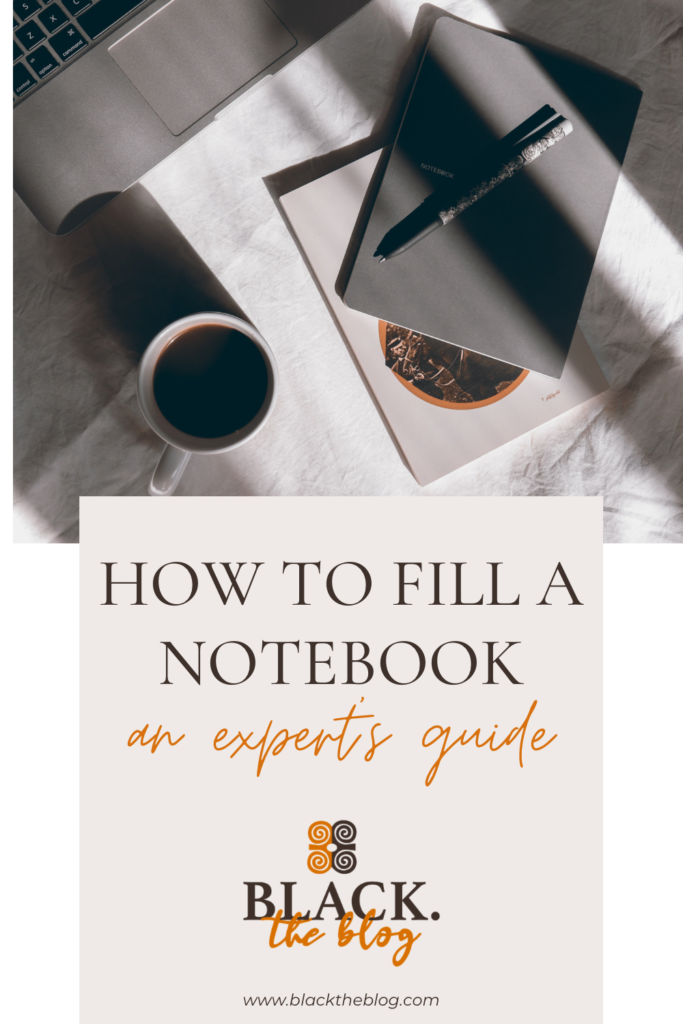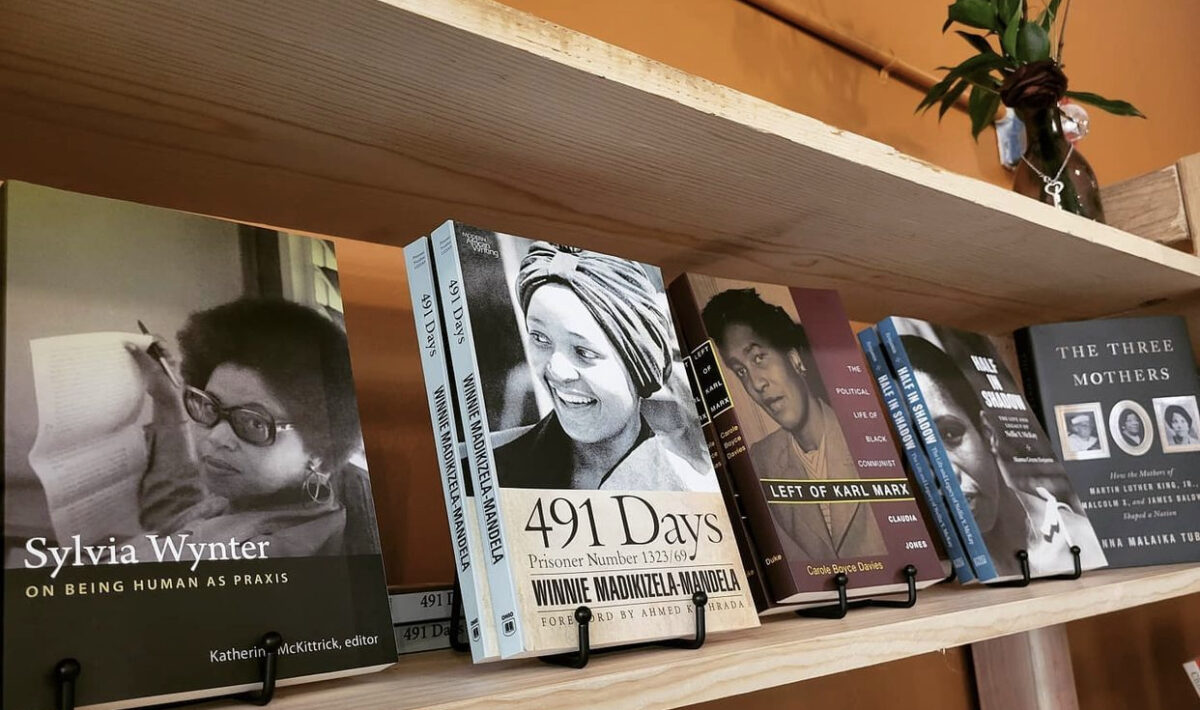I recently reached a fun milestone: three years since I joined an olympic weightlifting gym.
When I started weightlifting, I diligently recorded workouts and notes in my training journal. Over time, the training journal chronicled my journey as a beginner weightlifter, from celebratory PRs to cautionary notes-to-self (“felt sluggish today, too much spinach artichoke dip”).
My consistency paid off. For the FIRST TIME EVER, I completely filled a notebook.
The stationary lovers out there know that this is no easy feat. There’s something special about a “new” notebook. Crisp corners. Blank pages. Endless possibilities. But it’s not long before the “new notebook” is “just a notebook.” Then BOOM! You’re lured into the untapped potential of another notebook.
For Christmas, I received the perfect gift: a hand-stitched, pocket-sized unlined notebook with about 35 pages. This gift was made with love from one of my favorite artists. I wanted to be intentional about its use, so I reached out to my circle for notebook-filling recommendations. Here’s what they said:
- Make a list.
- Freewriting.
- Deep, unanswered questions.
- Mindfulness meditation.
- Have a conversation (with yourself, with others, with God).
- Plan a meal.
- Plan a trip.
- Things to remember or keep (e.g., rules, jokes).
- Things to forget or let go (e.g., fears, disappointments).
- Goals.
- Daily logs.
- How I feel.
- Random thoughts and notes to capture on the go.
- Ideas.
- Doodles.
- Notes for a specific project.
- Sketching.
- Journaling.
- Dreams.
- Observations about people.
- Hair ideas.
- Thrifting ideas.
- Ideas about space.
- Profound observations or reflections.
- The revisionist conversation (when you have a conversation and you wish you would have said something differently).
- Practice insulting others.
- Awkward moments.
- Recipes.
- Symptoms (especially helpful for when they ask you about symptoms at the doctor).
- Shopping lists.
- Write something every day for a month, Lent, or Advent.
- Gratitude journal (gratitude activates abundance).
- Grounding exercises for writing.
- Thoughts that disrupt writing (e.g., rabbit holes to Google later). Acknowledge the ideas that come up, write them down to give them some attention, then after writing, go back to the ideas to see which ones need follow up. That way, you don’t lose the ideas while also not upending your writing for the day.
- Thoughts that create resistance to writing (e.g., “This sucks,” “I’m not a good writer,” “Nobody cares about this topic”).
- Positive affirmations.
- Rules to live by.
- Things that really grind your gears.
- Daily log of pleasure/ joy.
- Daily log of frustrations/ grumbles. These are just as important as gratitude, and they could help you identify if your needs are unmet in any particular area of your life. They could also help further reflection on where the frustrations stem from and why certain events prompt that reaction.
- Fears.
- 35 goals to accomplish before 35. On the back of each page, create an action plan.
- Weekly to-do list.
- Daily scriptures.
- Milestone checks.
- Brainstorming.
- A travel journal. Things that would slip your mind such as the landscape, culture, and food. Tie it all back to God’s plan and the 2nd Commandment.
- All the “wonderful things” that you have experienced between Thanksgiving and New Year’s Day.
- A wish list (e.g., places to see, things to do, restaurants or products try).
- Document body scans. Many of us have not learned how to really listen to our bodies. Our feelings often show up in our body, not just our minds. It could be interesting to do this exercise when you have strong emotions or are feeling triggered to see where the emotions are showing up in your body.
- A reading journal (e.g., notes or quotes from books you are reading).
- A prayer journal. Ask God to reveal the things that no longer serve you.
- Taste, see, smell. Do some mindfulness around the senses.
- Pick different people in your life and write a letter to them.
- Words or sentences that you like.
- Collect or accumulate the “sparks” (e.g., things to jog your memory to something larger).
- Nutrition journal. Record everything you eat and how it makes you feel.
- Quotes.
- Short notes to self. Like post-its, but better!
- Finances/ tracking spending.
Thanks for all of your profound suggestions. This was such a fun way to connect with ya’ll!









